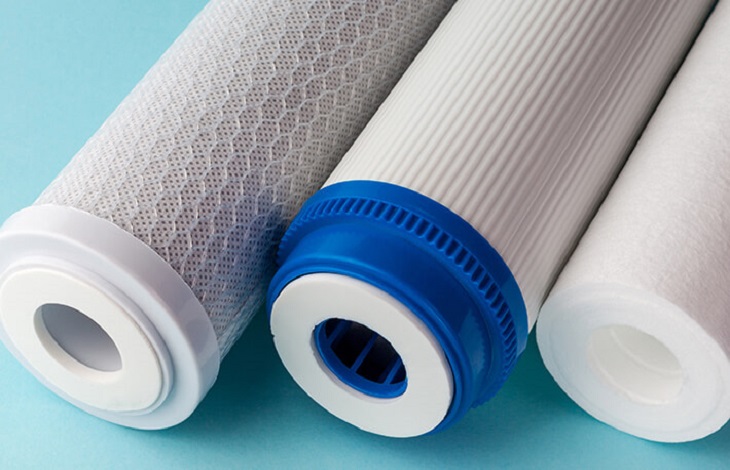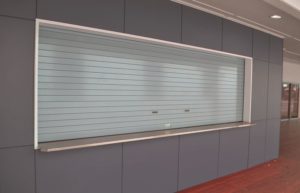DIFFERENT TYPES OF FILTER MEDIA/FABRIC ROLLS AND THEIR BENEFITS

Filtration systems have diverse applications. Air filtration systems are installed in commercial spaces and residences to keep the air free of dust and other contaminants. Vehicles and other heavy machinery use oil filtration to prevent damage to the engine and improve efficiency, and industries also use filtration systems in their coolants and wastewater disposal processes.
The overall efficiency of a filtration system depends on the quality of the filtration media. However, it’s the contaminants that determine what filtration device and filter media roll to use.
Filters are designed to separate solids from fluids (gases or liquids). The filtration process involves running a solution through a filter media where the solid contaminant is retained as a residue.
The efficiency and effectiveness of these systems depend on the filter device and media selected. Nonetheless, there are several factors to consider in the selection process:
- The size of the contaminant
- The type of solution
- The type and amount of fluid
- The fluid flow rate through the filtration system
- The residue retention capacity of the filter media
There are various types of filter media/fabric rolls and their benefits, but the most common categories are thick and thin barrier filter media.
Thick barrier filter media are great for industrial applications and include porous ceramics, sand beds and coke beds. On the other hand, thin barrier filter media are used in domestic and other low-density filtration systems. They include paper, fabric and screens.
Fabric filters, in particular, are often used since they can eliminate particles of sizes ranging from 150microns to 2 microns. The most versatile options include cotton, monofilament and non-woven fabric filter media.
Monofilament fabric filter media
This type of filter media is made from straight heavy-set yarn. It encourages the flow of filtrate fluid through the system and clears large sized contaminants.
- The fabric filter has several additional benefits.
- The monofilament fabric filter media has easy cake release. Additionally, it’s strong and resilient. The media also has a reduced risk of clogging owing to the structure of the fabric.
Cotton fabric filter media
As the name suggests, this media uses a natural plant-based fabric for industrial and domestic filters. In addition, cotton has the unique ability to expand once it’s fitted in a filtration device.
Puffed cotton takes up a lot of space and enhances the efficiency of the filter. Some of the benefits of the cotton fabric filter media include:
- High filtration efficiency
- Good availability
- Biodegradability
Non-woven fabric filter
These fabrics are made from different materials bonded through chemical or mechanical processes. Heat and other solvents are also used to prepare the fabric.
Some of the filtration applications of non-woven fabric filters are HEPA filtration, mineral processing, vacuum bags, and allergen membranes.
The non-woven fabric filter has several benefits, such as:
- High tensile strength that makes the filter resistant to tears.
- Lightweight design.
- The capacity to withstand high-temperature applications.
- An unparalleled fabric uniformity.
- The ability to withstand high fluid flow rates.
An advantage of fabric filters is the ability to perform well in both light and heavy-duty applications. Furthermore, the filter media is easy to install and safely dispose.
Moreover, if you run a filtration system with fabric filters, you will enjoy low operation costs. This is because the filter media are cheap and easy to replace. The benefits of fabric filter media make them an excellent selection for a variety of filtration applications.
Read Also:
Why Industrial Filtration is so important
Dieselcraft Fuel-Water Separators in Focus





